News
Underfunded and overlooked: The neglected crises on UNFPA’s radar in 2025
- 16 January 2025
News
UNITED NATIONS, New York – As the world heads into a new year, humanitarian emergencies in multiple countries are vying for attention – and funds. In 2024, UNFPA’s humanitarian response operations were just 42 per cent funded overall, posing critical threats to the health and rights of millions of women and girls.
Without sufficient resources, UNFPA cannot deploy midwives where they are most needed, shelters for survivors of gender-based violence are forced to close, and women and girls lose access to essential health supplies and services. All of this is already unfolding in some of the most pressing, but least supported, emergencies around the world.
Yet the funding outlook for 2025 is anything but promising. Global cooperation is increasingly under threat, and the gap between humanitarian needs and funding to meet them is growing. In particular, the specific needs of women and girls are often overlooked with humanitarian response, such as gender-based violence, which is one of the most underfunded sectors.
The costs of inaction will be stark. We already know that a majority of maternal deaths take place in fragile contexts. Women in crisis settings also experience twice the rate of gender-based violence – 70 per cent – and adolescent girls are 90 per cent more likely to be out of school compared to those not in crisis settings.
But these outcomes are not inevitable. They are choices made by governments, donors, civil society and more. In 2025, UNFPA and its partners are raising the alarm that women and girls are most at risk when their reproductive rights, safety and humanity are kept in the shadows.
Below we shine a spotlight on some of the most underfunded crises for women in the world.
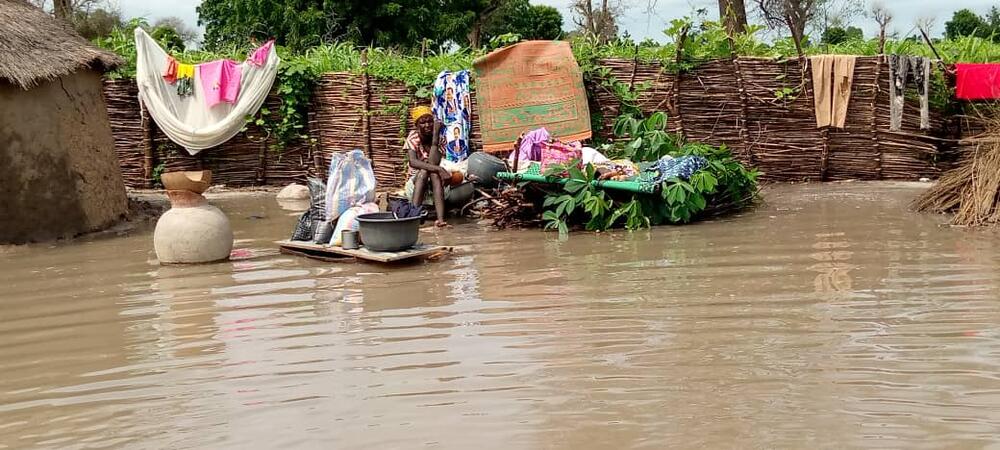
Cameroon is battling mass internal displacement from repeated climate emergencies and violence by armed groups, as well as a significant refugee influx from neighbouring countries. UNFPA is working to meet the rising needs of some 3.4 million people and investing in climate-resilient health infrastructure.
This helps support women like Aicha*, who after fleeing massive floods while pregnant and already displaced by violence told UNFPA, “I was so scared for the baby in my womb and for myself.”
In numbers: For 2025, UNFPA is asking for US$9 million for Cameroon. Last year’s appeal was less than one third funded, meaning UNFPA was unable to reach more than half of the people in need of its services, and could no longer support 36 primary healthcare centres and 20 safe spaces.
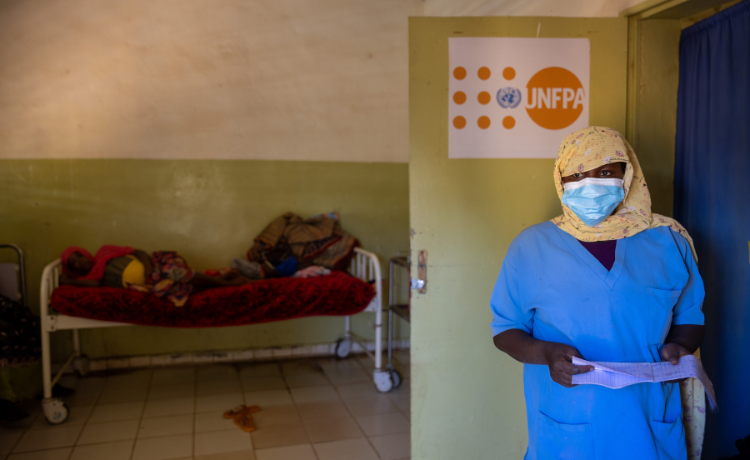
Conflict, climate emergencies and displacement are driving the crisis in Chad. And since the war in Sudan broke out, Chad has seen the largest arrival of refugees in its history, with conditions in numerous displacement camps cramped, unsanitary and dangerous. As millions of women and girls lack adequate access to sexual and reproductive healthcare and protection services, the current deep lack of funding for humanitarian response is only making the situation more tenuous.
In numbers: UNFPA requirements for 2025 are $27.8 million. Last year, just one third of the appeal was funded. This meant the organization could not reach more than 77,000 people with the sexual and reproductive health services they required, 50,000 women and girls could not access gender-based violence support, and some 111 primary health facilities were no longer supported.
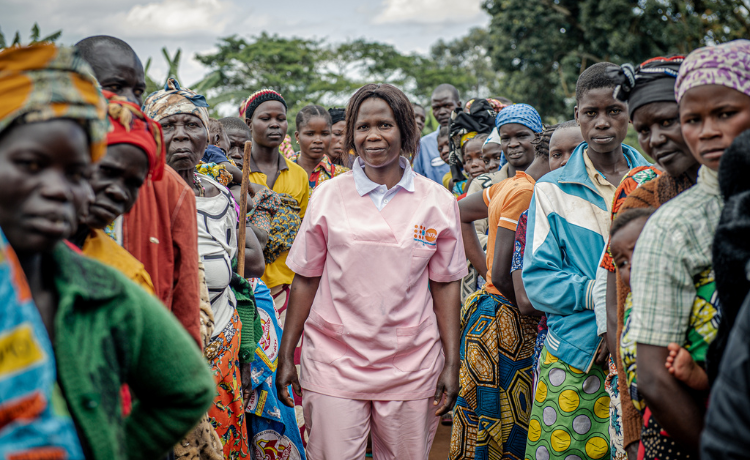
Recurrent kidnappings, rape, and exploitation are wielded against women and girls as weapons of terror in the Deomcratic Republic of the Congo. In 2024, 7.7 million people needed gender-based violence protection, as overcrowded displacement sites offered little safety or security, and even routine activities like gathering water and firewood became fraught with danger. A breakdown in healthcare infrastructure has also led maternal mortality rates to soar, with three women dying every hour from pregnancy or childbirth complications.
In numbers: For 2025, UNFPA needs $40 million. Only 37 per cent of the appeal was funded in 2024. As a consequence, of the 2.5 million people in urgent need of sexual and reproductive health and gender-based violence response services, just over 500,000 were reached. In the eastern provinces, 100 primary healthcare centres and 180 safe spaces were no longer supported.
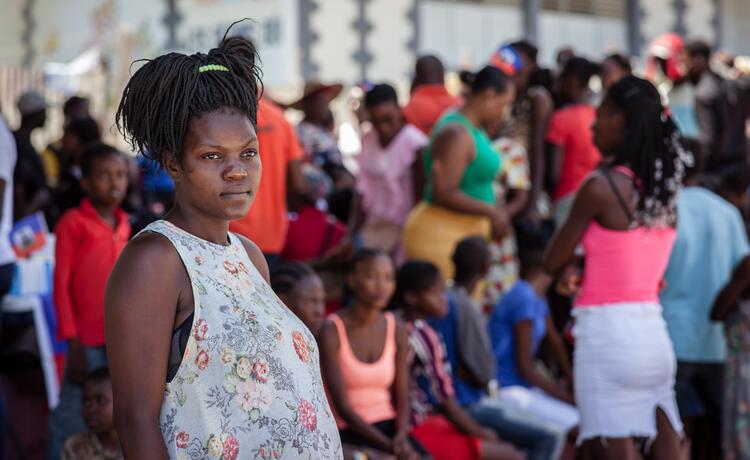
In Haiti, underfunded health systems strained by political instability, violence and climate disasters have resulted in rising rates of women dying in pregnancy and childbirth. With over 700,000 people forced from their homes in 2024, reports of sexual violence have surged dramatically. Yet only one in four survivors are able to receive care within the critical 72-hour period. As one doctor told UNFPA, “Since the increase in gang attacks, we noticed a high rate of early pregnancy, particularly in accommodation sites.”
In numbers: UNFPA requirements for 2025 in Haiti are $28.9 million. In 2024, less than 20 per cent of the appeal was funded, meaning more than 930,000 people had no access to UNFPA’s interventions.
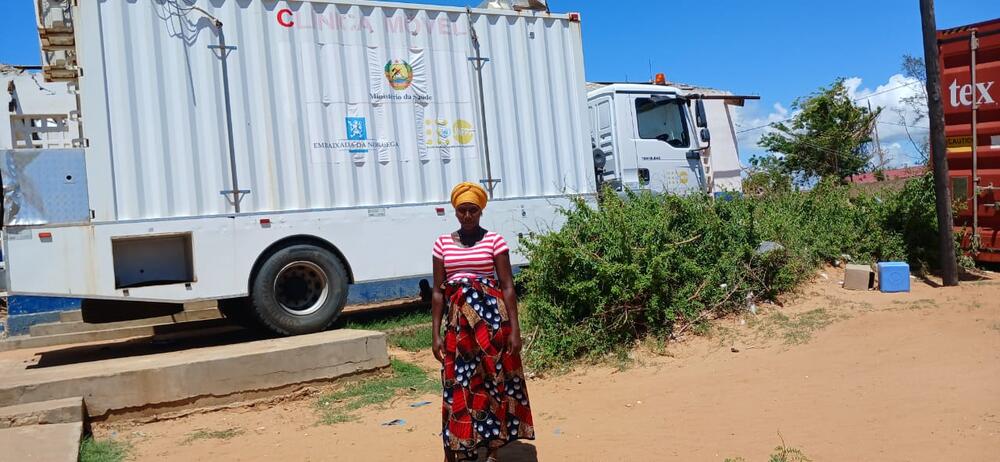
After Cyclone Chido tore through Mozambique in December 2024, Cecília Wachave, a 45-year-old mother of two daughters from Cabo Delgado, told UNFPA, “I wished the night wouldn’t come again – I didn’t know what would happen while sleeping under the tree without light.” The cyclone was the latest in a string of climate disasters to beset the country, on top of resurgent armed conflict, hunger and widespread displacement.
In numbers: UNFPA requirements for 2025 in Mozambique are $16 million. In 2024, only 11 per cent of the appeal was funded, causing almost half of UNFPA’s 22 safe spaces to close.
![A group of women and one boy gather around a small blue tented table]](/sites/default/files/inline-images/IMG_1345%20750x460.jpg)
Escalating conflict and climate shocks are increasing humanitarian needs in Myanmar, where over 3.4 million people have been forced to flee their homes across the country. Approximately 8.7 million people need gender-based violence response services, yet a severe lack of funding and damaged health infrastructure have hampered support efforts and cut off women’s and girls’ ability to reach vital care. This includes new mothers like Nan Nwe, who after losing her home to Cyclone Mocha in Rakhine State told UNFPA, “We need more healthcare services and facilities in operation. I want my baby safe, this is all I need.”.
In numbers: In 2025, UNFPA is appealing for $39.4 million for its work in Myanmar – a response that last year was only 22 per cent funded.
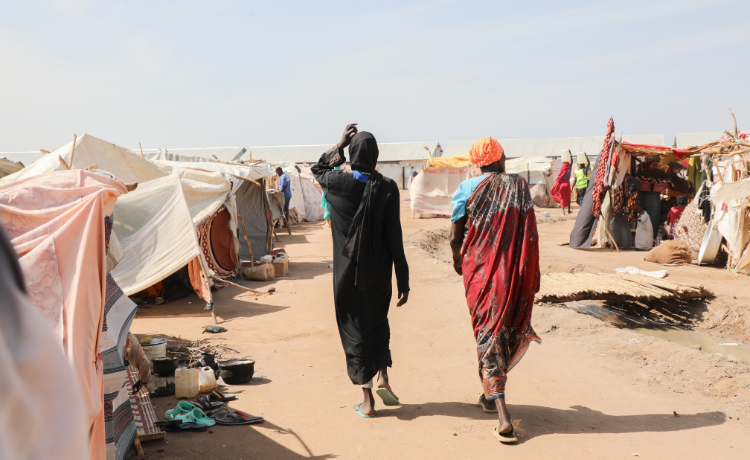
South Sudan bears deep scars of gender-based violence from years of civil war, and continues to experience brutal intercommunal conflict and unequal and harmful gender norms, leaving women and girls at high risk of sexual and physical violence. Consecutive years of widespread flooding have caused vast internal displacement, and high numbers of returnees fleeing conflict in Sudan has exacerbated an already dire humanitarian situation. More and more people are seeking support, while services are overstretched and resources run dry. UNFPA is providing life-saving sexual reproductive health services and gender-based violence response despite the difficult operating environment.
In numbers: In 2024 UNFPA called for $18.1 million for South Sudan, which was only 17 per cent funded. As a result, UNFPA reached just half of the targeted population and supported only 7 out of 22 primary health facilities.
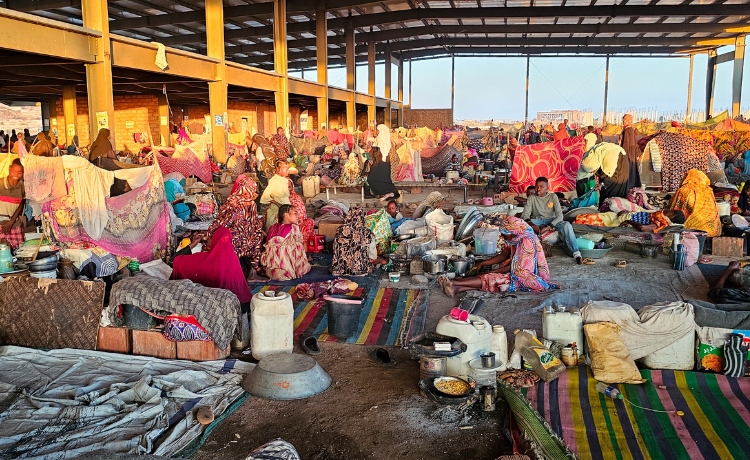
With 8.8 million people forced from their homes since war broke out in 2023, Sudan is the world’s largest internal displacement crisis. The emergency has pushed over 9 million into severe hunger, among them some 220,000 pregnant women. Last year the number of people at risk of gender-based violence nearly doubled to more than 12 million. Exacerbating these risks, up to 80 per cent of health facilities are either closed or barely functioning and there is a critical lack of medical supplies and health workers. Amid this crisis, UNFPA is dedicated to reaching those most in need of support, even in the least accessible areas.
“Without the mobile health team, I don’t know what I would do,” Fatima*, a mother and survivor of sexual violence told UNFPA. “They are like family to me.”
In numbers: In 2025 UNFPA needs over $145 million for Sudan. In 2024, just 20 per cent of its request of $82.9 million was received. This meant UNFPA could not support almost half of the 81 targeted primary health centres, 10 of the emergency obstetric service centres and 20 out of 51 mobile teams.
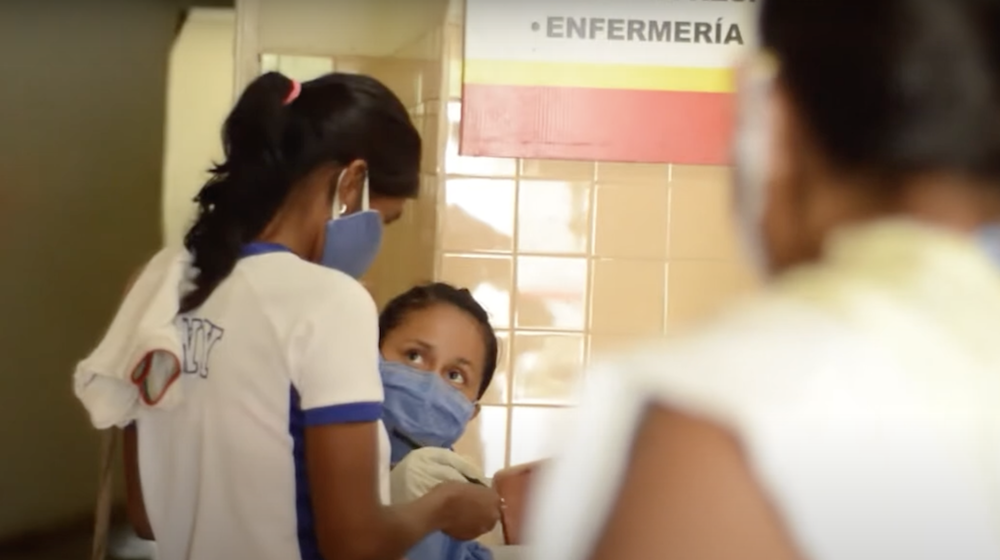
Economic instability, political turmoil and recurrent violence have taken a heavy toll on Venezuela’s women and girls. Gender-based violence, unintended pregnancies due to unavailable and unaffordable contraceptives, and difficulties accessing healthcare have all increased women’s vulnerability to abuse and maternal mortality.
“The last time I was in labour, I was on the brink of death,” Omaira Opikuko, a member of the Yukpa indigenous community, told UNFPA. For indigenous women and girls, the dangers of dying in pregnancy and childbirth are often exacerbated by poverty and geographic isolation.
In numbers: For 2025, UNFPA needs $28 million to continue its programmes in Venezuela, which last year were just one third funded.
Despite these unprecedented challenges, last year UNFPA equipped around 3,500 health facilities in humanitarian contexts with supplies, staff and funds to deliver life-saving care, while more than 1,600 safe spaces were able to offer refuge and recovery to millions of women and girls. This was in large part thanks to funding received through the Humanitarian Thematic Fund, UNFPA's dedicated mechanism for responding to emergencies and channelling resources where they are most urgently needed.
In 2025, UNFPA is calling for $1.4 billion to continue reaching more than 45 million women, girls and young people across 57 countries. With urgent needs growing and many crises dangerously underfunded, we cannot let the lights go out for those who need us most.